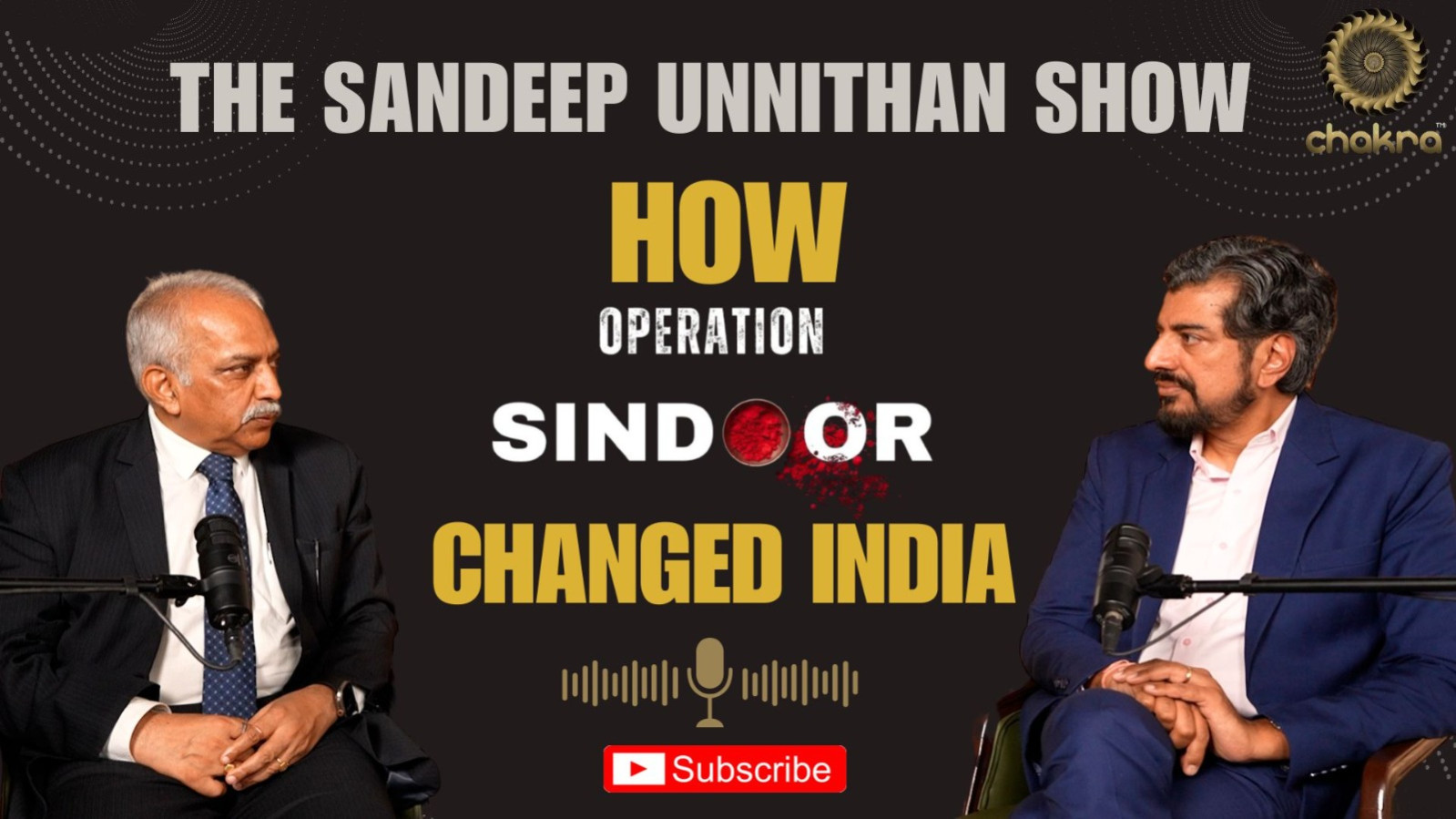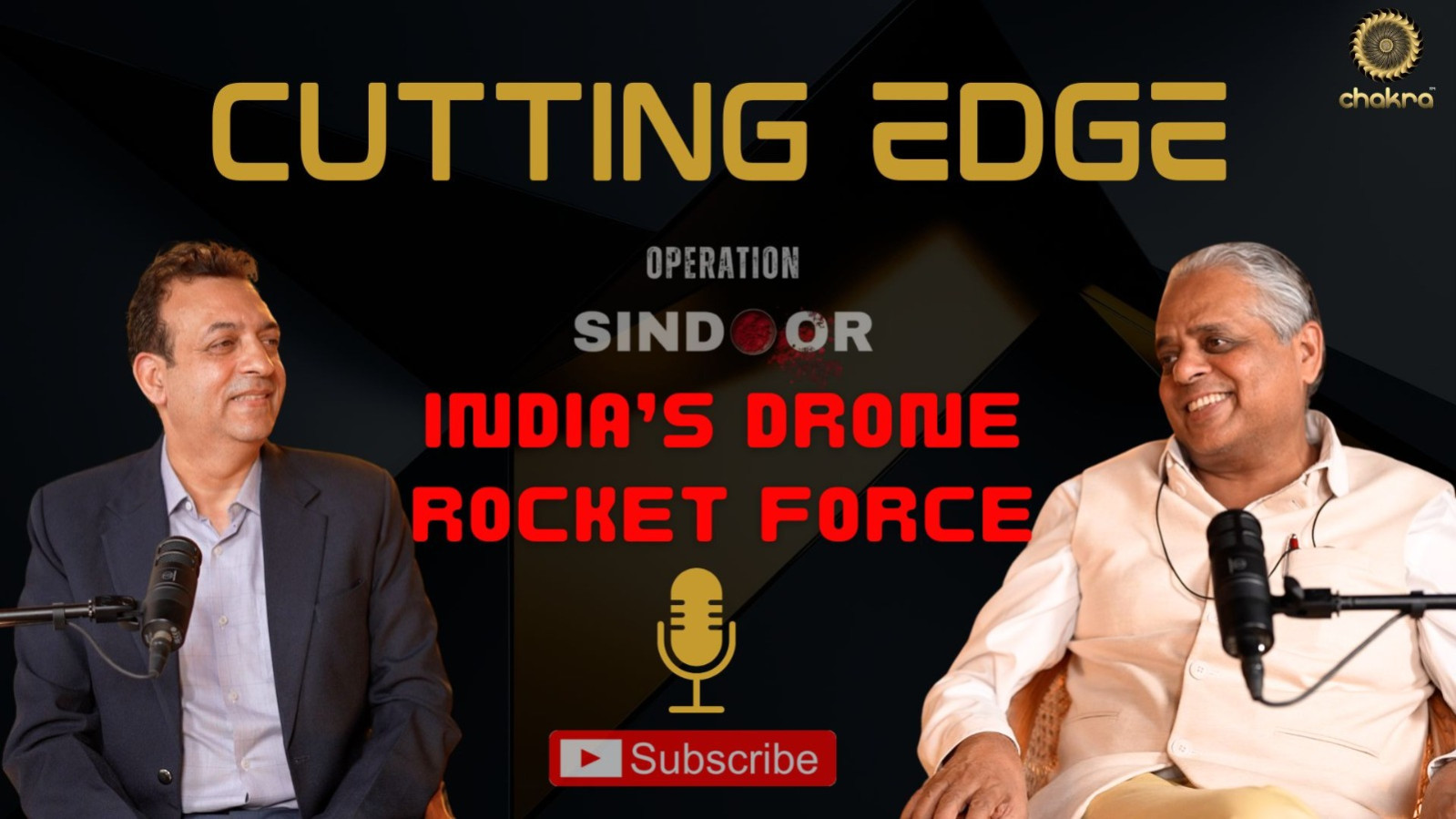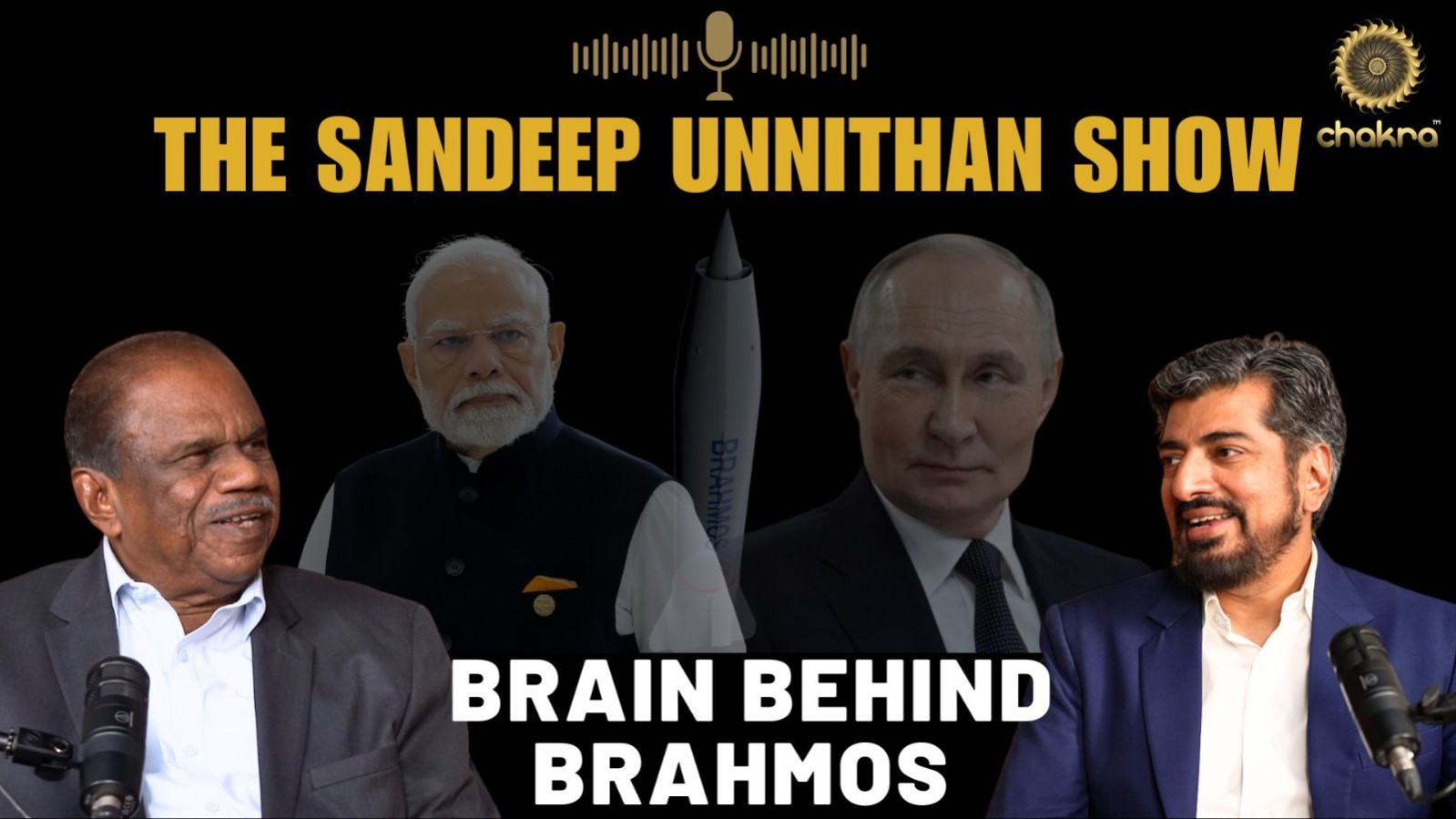Strengthening India-Taiwan Collaboration in Semiconductors and Electronics
India’s steady economic progress positions it as a key player in the global economy. Its demographic dividend, with a median age of 28.4 years, combined with a growing domestic market, strong technological advancements, and improving infrastructure, forms the foundation for sustainable economic growth.
While mature economies such as the United States and Japan face slower growth due to market saturation and demographic challenges, India is benefitting from a young workforce and an expanding consumer base. Its Gross Domestic Product (GDP) growth is driven by stable consumption demand and rising investments. Initiatives such as Digital India have accelerated the adoption of digital technologies, enhancing business efficiency and investment appeal. The proliferation of startups and the rise of Software as a Service (SaaS) companies further underscore India’s growing digital economy.
Efforts to improve the business environment—through deregulation, privatisation, and ease-of-doing-business reforms—have attracted investments and strengthened economic growth. Public-private partnerships (PPPs) have successfully financed and implemented large-scale infrastructure projects. India has also identified and begun exploring critical minerals, including large lithium deposits. Investments in renewable energy, particularly in solar and wind power, are expanding, alongside upgrades to rail, road, and airport infrastructure.
In the Science, Technology, Engineering, and Mathematics (STEM) sector, India produces over 1.5 million engineers annually, making it a global talent powerhouse. This highly skilled workforce enhances India’s competitive edge in both the manufacturing and services spaces, driving consumer spending and domestic demand.
The Taiwan Advantage
Taiwan’s transition from a ‘paddy field economy’ to a global semiconductor powerhouse was driven by government policies in the 1980s, recognising the immense demand for semiconductors. This shift was supported by heavy investments in R&D, tax incentives, and a clear focus on chip manufacturing. The market dominance of Taiwan Semiconductor Manufacturing Company (TSMC) and United Microelectronics Corporation (UMC) is pivotal. TSMC alone accounts for 50 percent of global foundry revenues and holds an 84-percent market share in cutting-edge chip production (<10nm> Despite US and European semiconductor subsidies under initiatives such as the former’s CHIPS and Science Act, Taiwan is expected to maintain its dominance in global chip production. While Taiwanese semiconductor firms are expanding production facilities overseas, setting up and operationalising new foundries remains a complex and time-intensive process. Given the global reliance on Taiwanese chips, this dependence is unlikely to diminish before the end of the decade.
The India Advantage
India’s electronics manufacturing sector has grown from US$103 billion in 2022–23 to US$115 billion in 2023–24. This includes segments such as mobile phones (43 percent), consumer electronics (12 percent), industrial electronics (11 percent), automotive electronics (9 percent), electronic components (10 percent), strategic electronics (5 percent), IT hardware (4 percent), LEDs (3 percent), and telecom, wearables, and PCB assembly (3 percent each).
India accounts for over 20 percent of the global semiconductor design talent pool. Since the establishment of the India Semiconductor Mission, the sector has gained momentum, with five semiconductor facilities approved by the government. State and central incentives cover up to 70–75 percent of project costs, attracting key investors. Micron’s packaging operations are expected to begin this year, and Tata Electronics’ fabrication facility is set to start production by 2027.
India’s semiconductor consumption stands at US$31 billion and is projected to reach US$110 billion by 2030. With the world’s highest digital payments penetration and mobile adoption, India’s consumer electronics market is thriving. Additionally, India’s ambitious 500-GW target for renewable energy will drive demand for power semiconductors in solar inverters and power control systems. India’s defence and aerospace exports have grown remarkably in recent years. Given the sector’s reliance on advanced electronics, this presents an opportunity for long-term India–Taiwan collaborations.
Contours of Intersection
There are over 250 Taiwanese companies operating in India, with a combined investment of US$4 billion. Semiconductors and electronics offer a strategic opportunity for both nations, not just as a business prospect but also as part of Asia’s broader security and geopolitical equation. India has hosted global MNC operations for 75 years, offering a stable, long-term business environment. This provides Taiwanese firms with a viable option to relocate, invest, and de-risk their value chains from China-related uncertainties. Unlike some Southeast Asian economies that are vulnerable to Chinese influence, India offers a safer, more stable alternative for Taiwanese investors.
Avenues of Opportunity and Policy Paradigms
Enhanced India–Taiwan cooperation in semiconductors and critical technologies could unlock opportunities across multiple domains:
-
Taiwanese firms could set up fabrication facilities and ATMP (Assembly, Testing, Marking, and Packaging) units in India. There are opportunities across the entire semiconductor manufacturing value chain, including equipment, chemicals, gases, infrastructure, testing services, warehousing, and distribution.
-
Skill development in semiconductor manufacturing is a key area for collaboration. Taiwan could leverage India’s cost-effective talent pool to enhance R&D, training, and workforce development.
-
India’s semiconductor design ecosystem—home to 20 percent of the global chip design talent—is expanding rapidly. Direct collaboration between Taiwanese fabs and Indian design firms could spur innovation and cost-efficient chip production.
-
Academic partnerships should be strengthened through university collaborations, nano-fab research, student exchanges, and joint training programmes.
-
India’s emerging fabrication and packaging ecosystem can benefit from Taiwan’s process engineering expertise, yield optimisation techniques, and fab-floor experience. Joint workforce training models should be explored.
-
Dual-use technologies in critical electronics and semiconductors could be co-developed for space, geospatial sciences, navigation, and weather forecasting—sectors where India has strong expertise.
-
India–Taiwan collaboration in semiconductor consumables (e.g., analysers, liners, gauges, electrodes, and blades) remains an untapped opportunity.
-
The ‘Digital Trilemma’—balancing privacy, economic growth, and data security—will shape global policies in the AI era. Taiwanese firms could partner with India’s AI initiatives to develop AI chips and secure digital infrastructure.
-
Language and communication will play a role in future technological cooperation. With one of the largest English-speaking populations, India can facilitate business transactions and project execution for both nations.
Conclusion
The world is experiencing a geopolitical and technological transformation, with global supply chains being redrawn. India and Taiwan must recognise each other’s strengths and prioritise long-term industrial collaboration over short-term incentives. Taiwanese firms should view India as a stable, long-term destination to expand their global electronics value chains. Beyond economic cooperation, both countries should leverage their cultural and regional ties to strengthen engagement. A deeper India–Taiwan technology partnership has the potential to become a defining pillar in the global semiconductor ecosystem.
















Comments